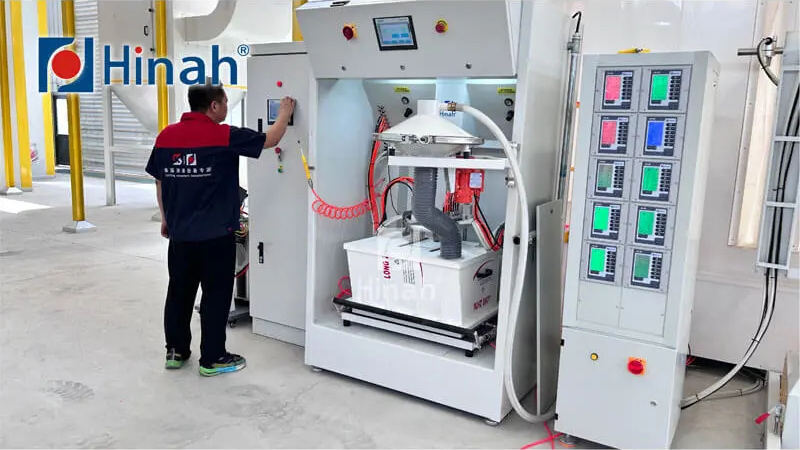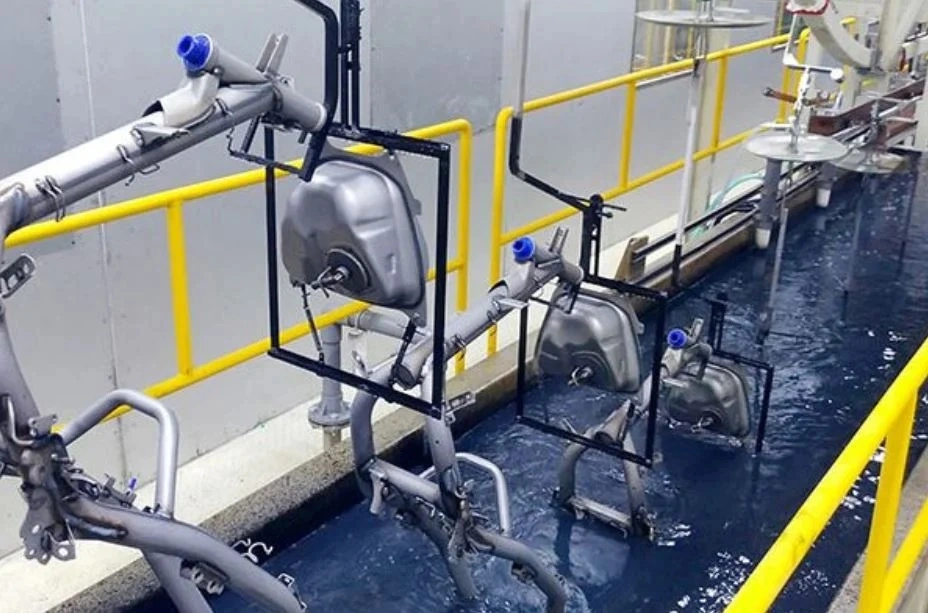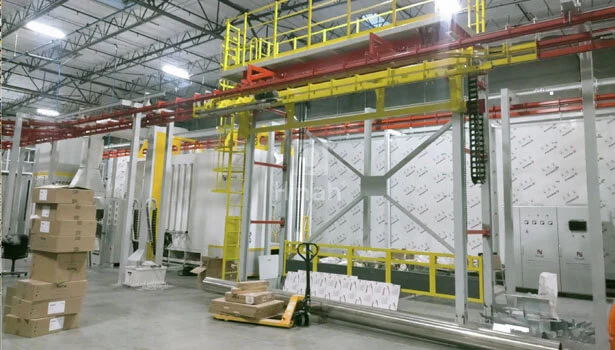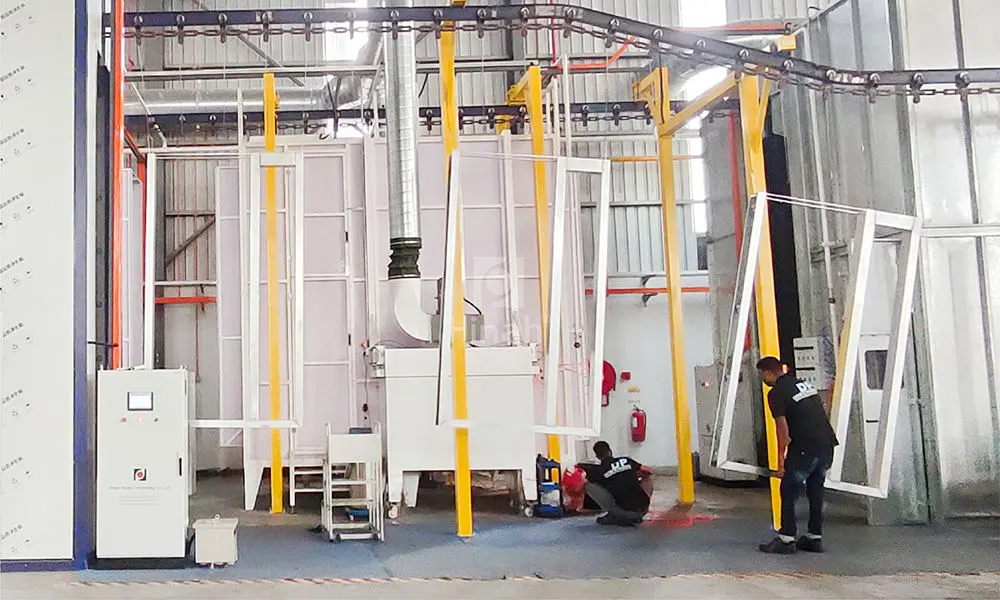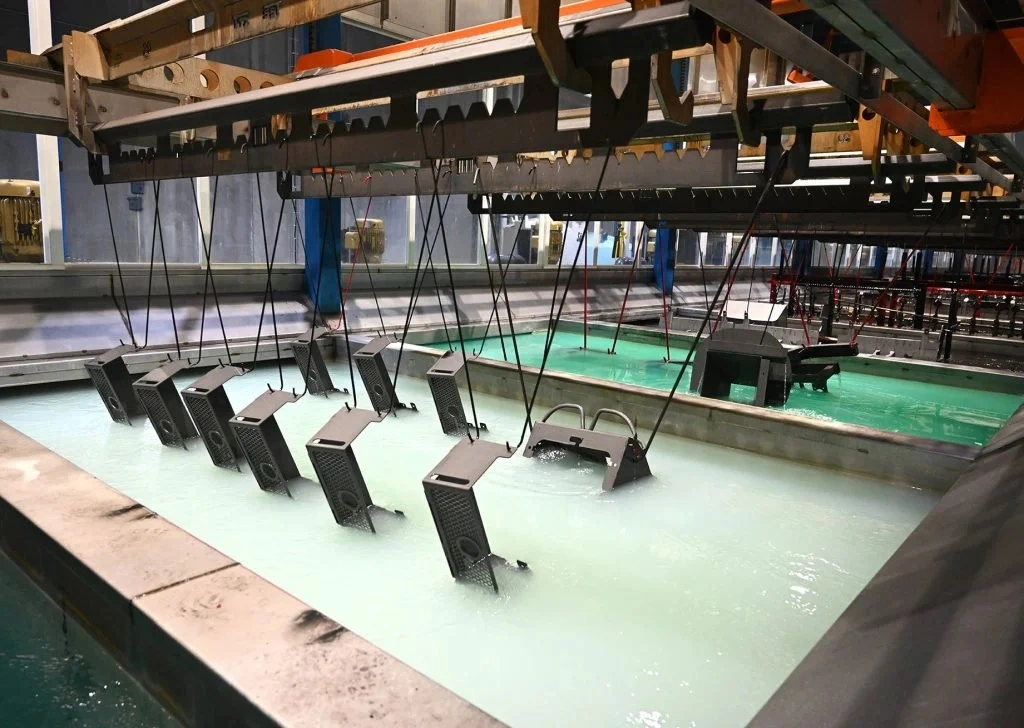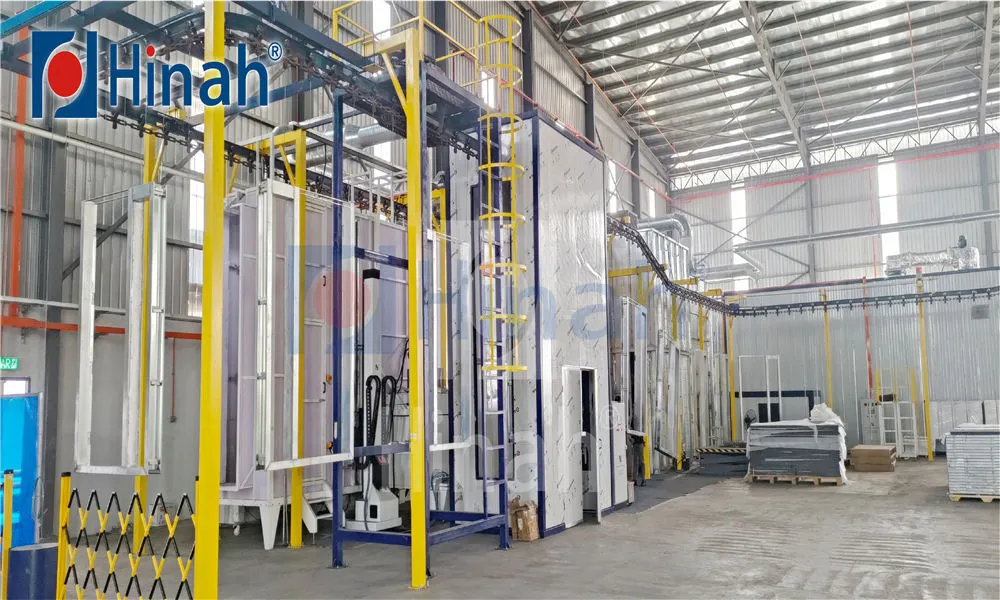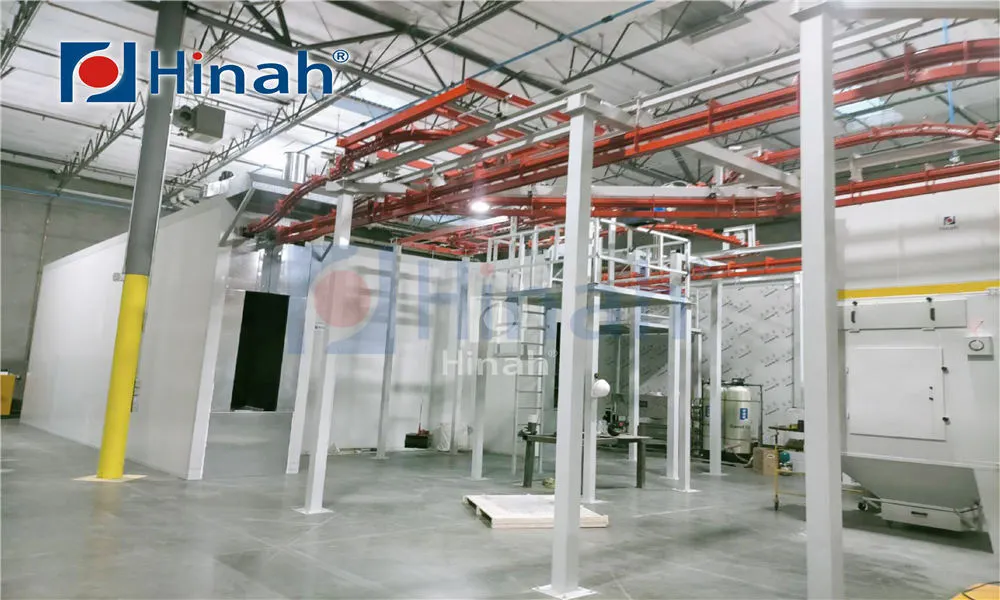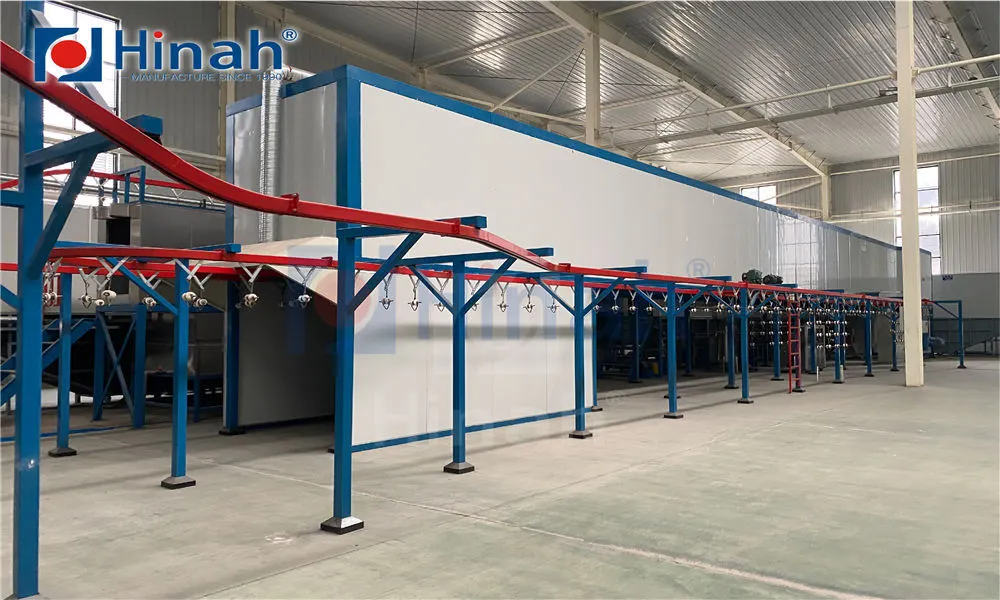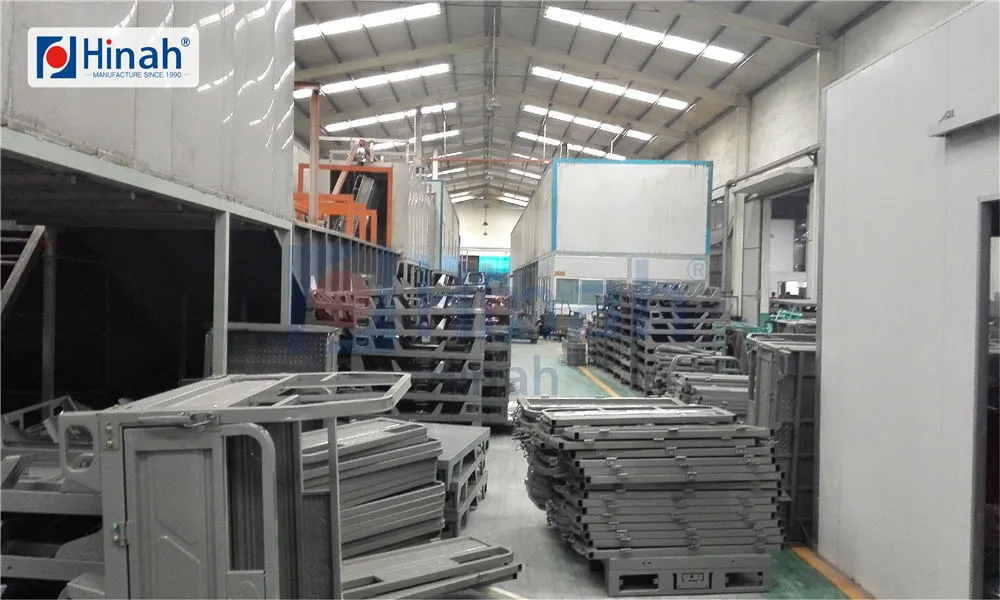In the world of industrial finishing, the big powder coating oven is the unsung hero, the critical piece of equipment that transforms a sprayed-on layer of dry powder into a durable, high-performance, and aesthetically pleasing coating. Whether you're an OEM integrating a finishing line or a job shop looking to scale up, understanding the intricacies of these ovens is paramount. This comprehensive guide delves into the process of a powder coating oven build, explores the different types like a powder oven, coating oven, and specifically a curing oven for powder coating. We will demystify the technology behind a Powder Curing Oven and the complexities of a large conveyor powder curing oven, while also addressing the common pitfalls and problems that can arise.
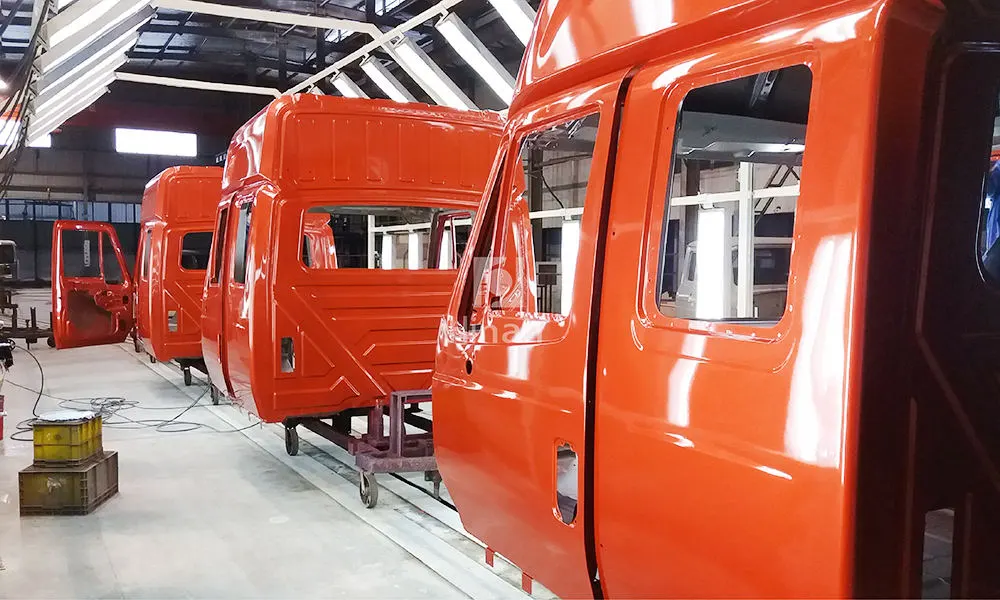
What is a Big Powder Coating Oven?
A big powder coating oven is an industrial-scale heating chamber designed to cure powder-coated products. The process involves heating the substrate to a specific temperature (typically between 300°F and 450°F / 149°C and 232°C) for a set amount of time. This heat causes the powder particles to melt, flow, and chemically cross-link, forming a smooth, hard finish that is far more resilient than liquid paints.
The scale of a "big" oven is relative but generally refers to walk-in or drive-in batch ovens or continuous conveyorized systems capable of handling large parts like automotive frames, architectural aluminum extrusions, heavy machinery, or high-volume batches of smaller components.
The Anatomy of a Powder Coating Oven Build
Embarking on a powder coating oven build is a significant engineering project. It requires careful planning around several key factors to ensure efficiency, uniformity, and safety.
1. Insulation and Panel Construction
The walls, ceiling, and floor of the oven are constructed from insulated metal panels. High-temperature mineral wool or fiberglass insulation is standard, with thicker insulation (4-6 inches) for higher efficiency. The exterior is typically galvanized or aluminized steel, while the interior is often made of aluminized steel for its reflectivity and resistance to corrosion.
2. Heat Source and Energy Type
The choice of energy source directly impacts operating costs.
Natural Gas / Propane: The most common and cost-effective method for large industrial ovens. Gas burners heat air, which is then circulated throughout the oven.
Electric: Uses electric heating elements to heat the air. Clean and easy to control but often more expensive to operate than gas in high-demand applications.
Oil / Steam: Less common but used in specific industrial settings.
3. Air Flow and Circulation System
Uniform temperature is the single most critical factor in curing. A big powder coating oven uses a powerful fan and a carefully engineered plenum and baffle system to force heated air throughout the chamber. This ensures there are no cold spots, and every part, regardless of its location, reaches the required cure temperature.
4. Control System
Modern ovens are governed by sophisticated programmable logic controllers (PLCs). They precisely manage temperature setpoints, cure timers, and fan speeds. Data logging capabilities are crucial for quality control, providing a record that each part was cured to specification.
5. Safety Systems
Essential safety features include:
Airflow Safeties: To prevent heater operation if the circulation fan fails.
High-Limit Temperature Controllers: Independent backups that shut down the heat source if the primary controller fails.
Proper Ventilation: To allow solvents and gases from curing powder to safely escape.
Emergency Stop Buttons: Located at access points.
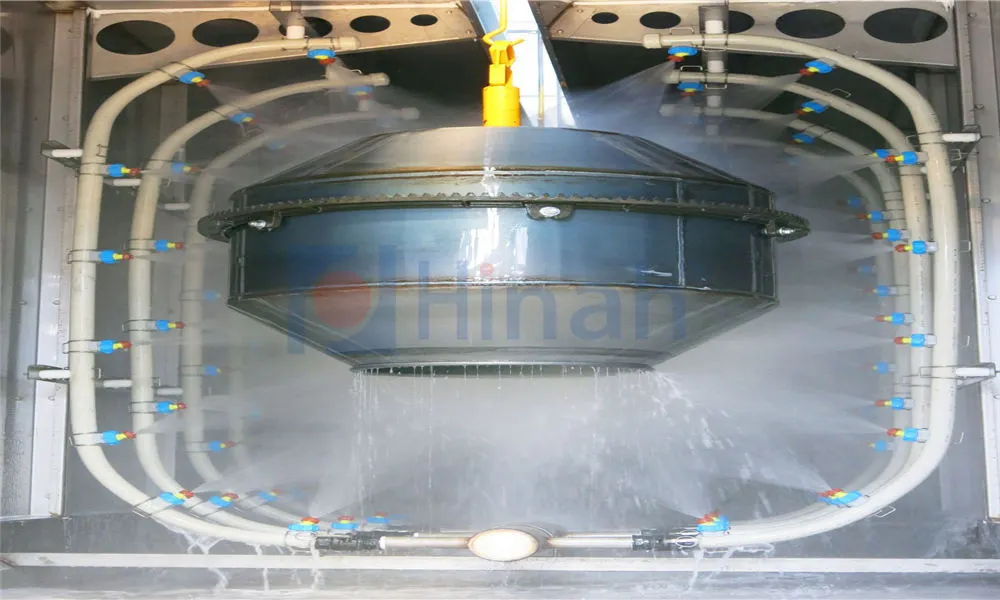
Types of Powder Curing Ovens: Batch vs. Conveyorized
Not all ovens serve the same purpose. The choice between a batch oven and a continuous system is fundamental.
The Batch Oven: A Versatile Powder Oven
A batch oven, often a simple powder oven or walk-in style, processes loads in discrete batches. Parts are loaded onto racks or carts, wheeled into the oven, cured, and then removed. This type of coating oven is ideal for:
Low to medium production volumes.
Extremely large or irregularly shaped parts.
Job shops with high product mix variability.
The Continuous System: The Large Conveyor Powder Curing Oven
For high-volume production, a large conveyor powder curing oven is the engine of the finishing line. Parts are hung from an overhead conveyor that slowly moves them through the oven on a continuous loop. This Powder Curing Oven design is characterized by:
Zones: The oven is divided into pre-heat, main cure, and cooling zones for precise thermal management.
High Throughput: Once dialed in, it can process a constant stream of parts 24/7.
Integration: It's designed to work in tandem with upstream (pretreatment, spraying) and downstream (unloading, assembly) processes.
Common Problems and Solutions in Powder Curing Oven Operation
Even a well-designed powder coating oven build can encounter issues. Recognizing and solving these problems quickly is key to maintaining quality.
1. Temperature Uniformity Issues
Problem: Parts cure inconsistently—some are under-cured (powder is brittle and chips easily) while others are over-cured (finish appears yellowed or hazy).
Cause: Poor air flow design, failing fans, dirty filters, or overloading the oven.
Solution: Regularly map the oven's temperature profile using a data tracker with multiple thermocouples. Verify fan performance, clean intake screens, and ensure loads are not blocking airflow.
2. Inefficient Fuel Consumption
Problem: Soaring gas or electric bills.
Cause: Inadequate insulation, air leaks around doors, running the oven when not in use, or exhausting too much heated air.
Solution: Check door seals for wear. Ensure the oven structure is sealed. Review oven cycle times to minimize idle time. Balance the exhaust rate—enough to remove volatiles but not so much that it wastes energy.
3. Contamination of the Finish
Problem: Dirt, dust, or oil specks embedded in the cured finish.
Cause: Contaminants can be blown onto the part from a dirty oven interior. Oven overspray from previous cycles can also fall onto new parts.
Solution: Implement a regular oven cleaning schedule. The interior of the coating oven should be vacuumed and wiped down to remove accumulated dust and overspray.
4. Inadequate Ventilation
Problem: Fumes building up inside the oven, leading to a hazy finish (called "blushing" or "ghosting") or creating a potential safety hazard.
Cause: Blocked or closed exhaust dampers, or an undersized exhaust system for the oven's size and product load.
Solution: Regularly inspect and maintain exhaust fans and ducts. Ensure the ventilation rate is appropriately calculated for the volume of parts being cured.
5. Mechanical Failures
Problem: Conveyor stops in a large conveyor powder curing oven, or a batch oven fan motor fails.
Cause: Lack of preventive maintenance, bearing failure, or electrical issues.
Solution: A strict preventive maintenance (PM) schedule is non-negotiable. This includes lubricating bearings, checking electrical connections, and testing safety interlumps.
Optimizing Your Powder Curing Oven for Peak Performance
To get the most out of your investment, go beyond basic operation.
Regular Profiling: Don't assume your oven's temperature is uniform. Profile it seasonally and after any significant maintenance.
Preventive Maintenance: Create a checklist for daily, weekly, and monthly tasks (e.g., inspecting seals, listening for unusual fan noises, cleaning filters).
Staff Training: Ensure operators understand how the Powder Curing Oven works and can identify early warning signs of problems like unusual smells or sounds.
Process Documentation: Create and follow a detailed curing specification for every part number, including required metal temperature and cure time.
A big powder coating oven is far more than just a heated box. It is a precision instrument whose performance dictates the quality, durability, and profitability of your finishing operation. Whether you are managing a versatile batch powder oven or a high-speed large conveyor powder curing oven, success hinges on a thoughtful initial powder coating oven build and a disciplined approach to operation and maintenance. By understanding the different types of ovens, from a standard coating oven to a specialized curing oven for powder coating, and by proactively addressing common issues, you can ensure your oven consistently delivers a flawless finish, batch after batch.


